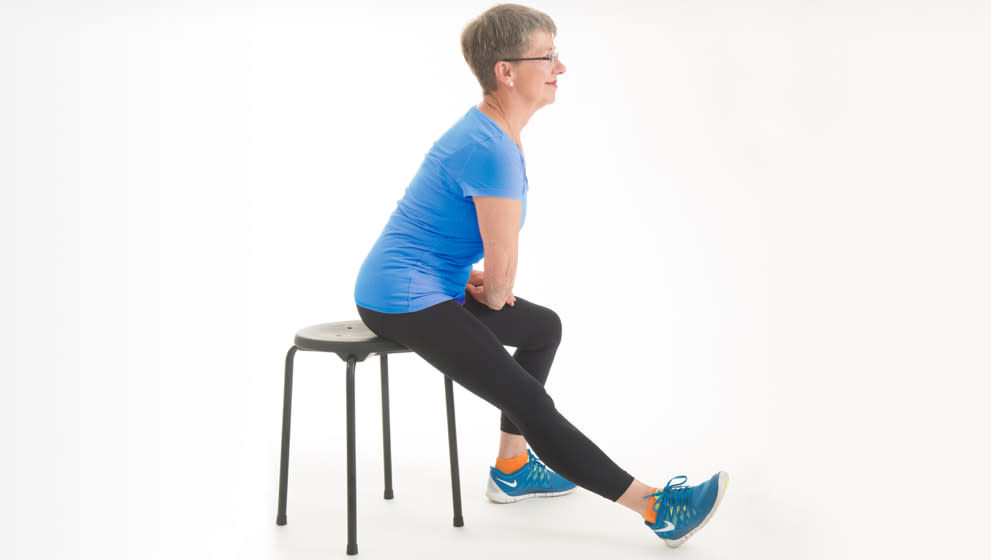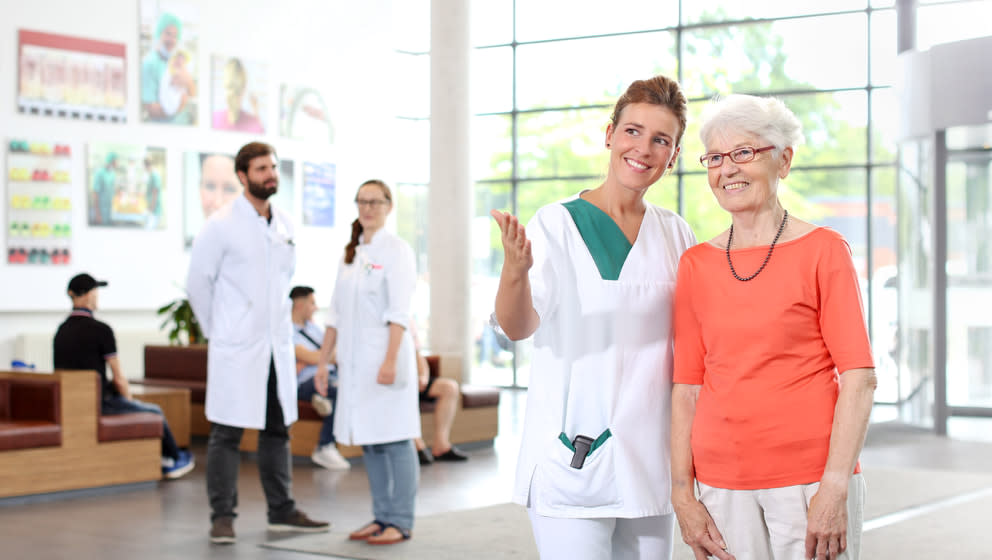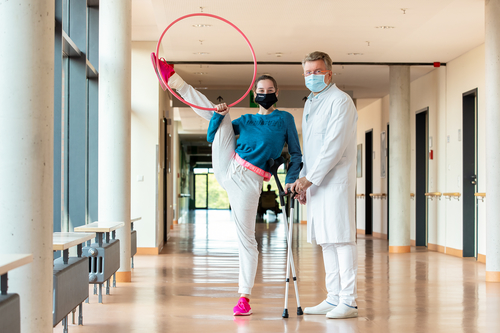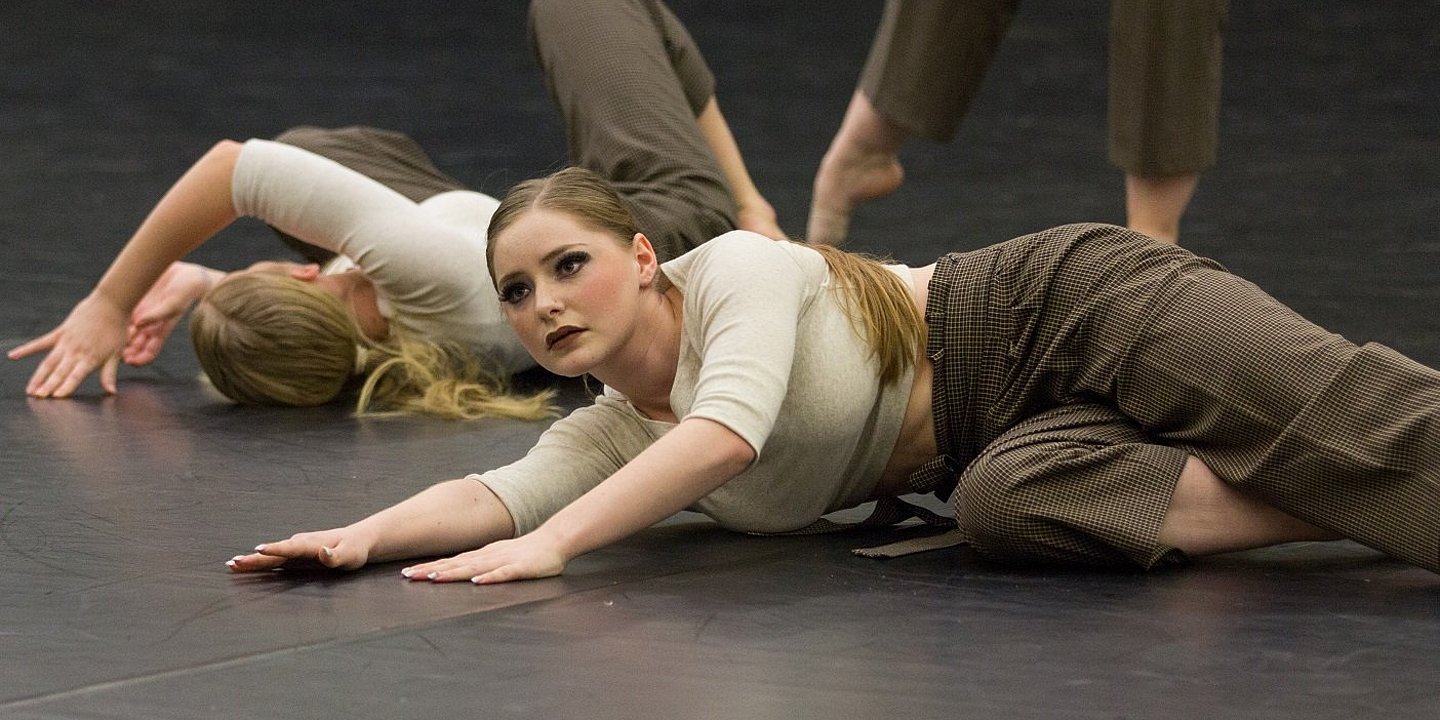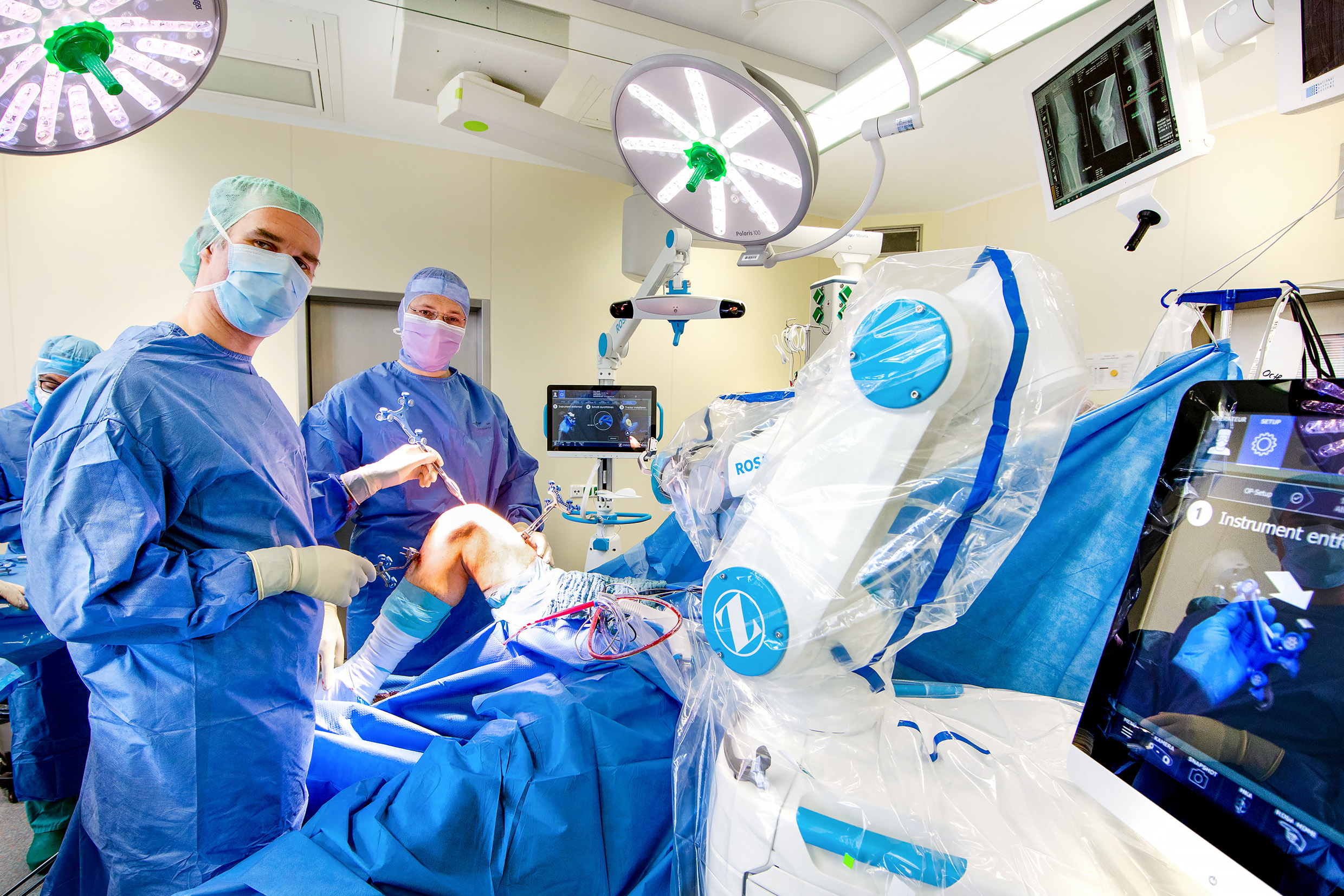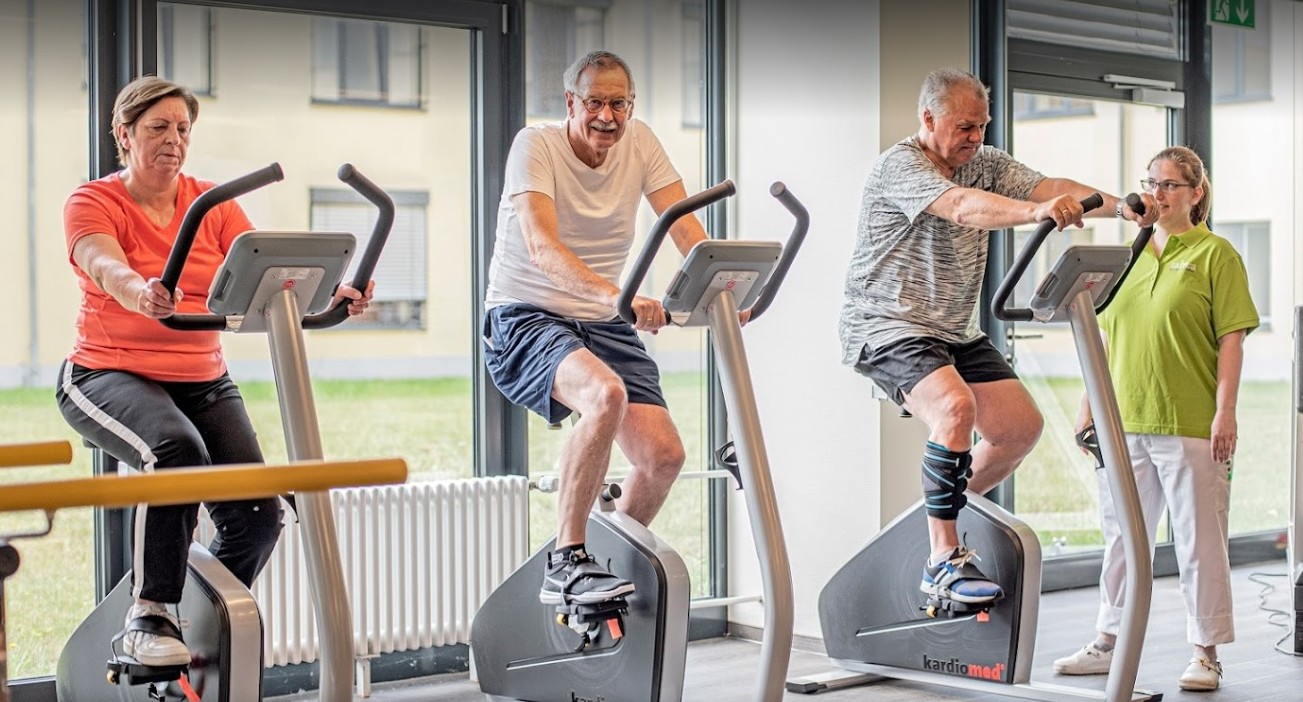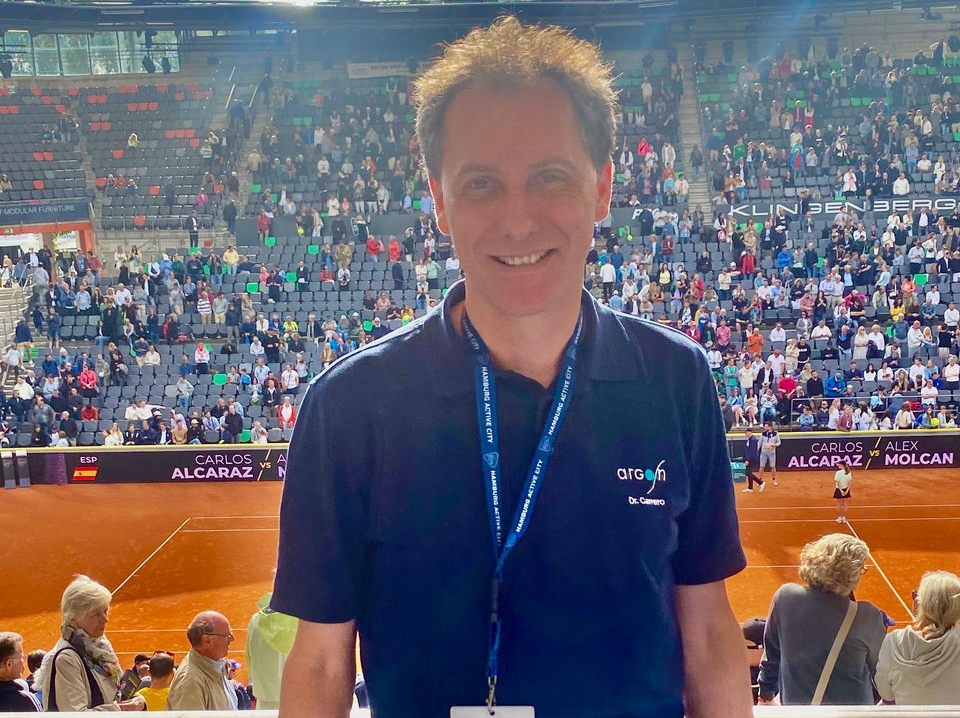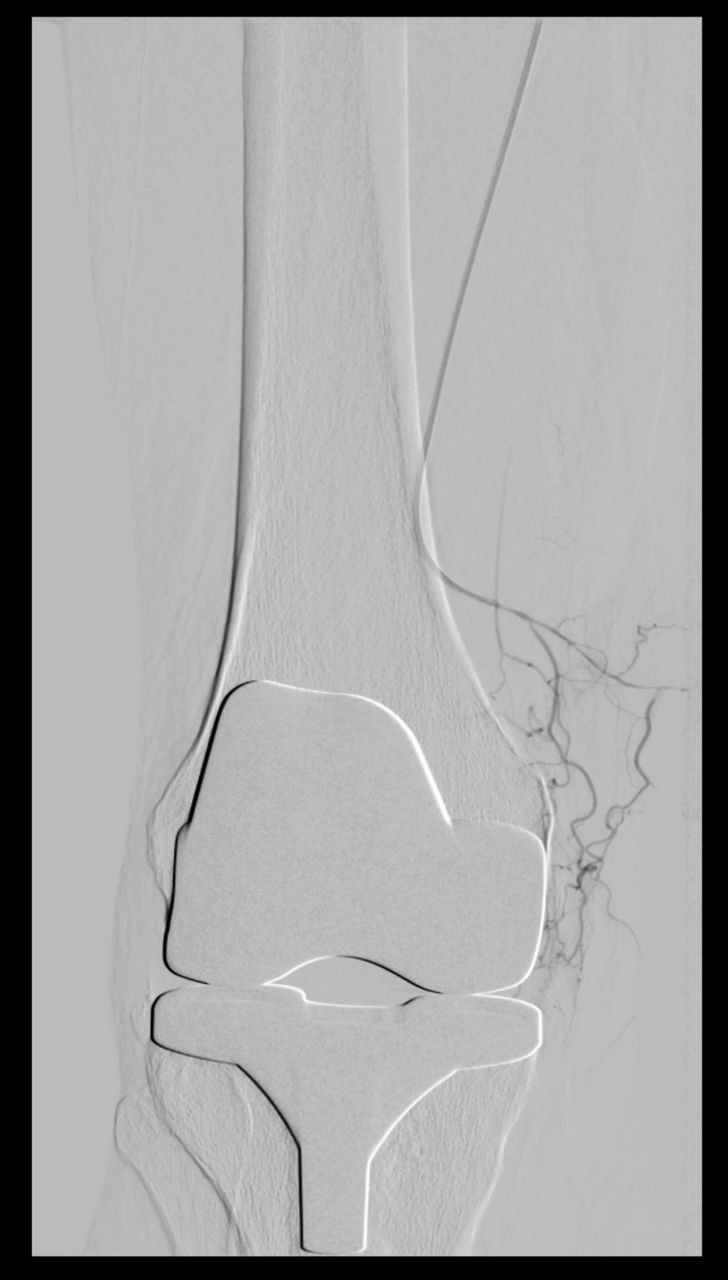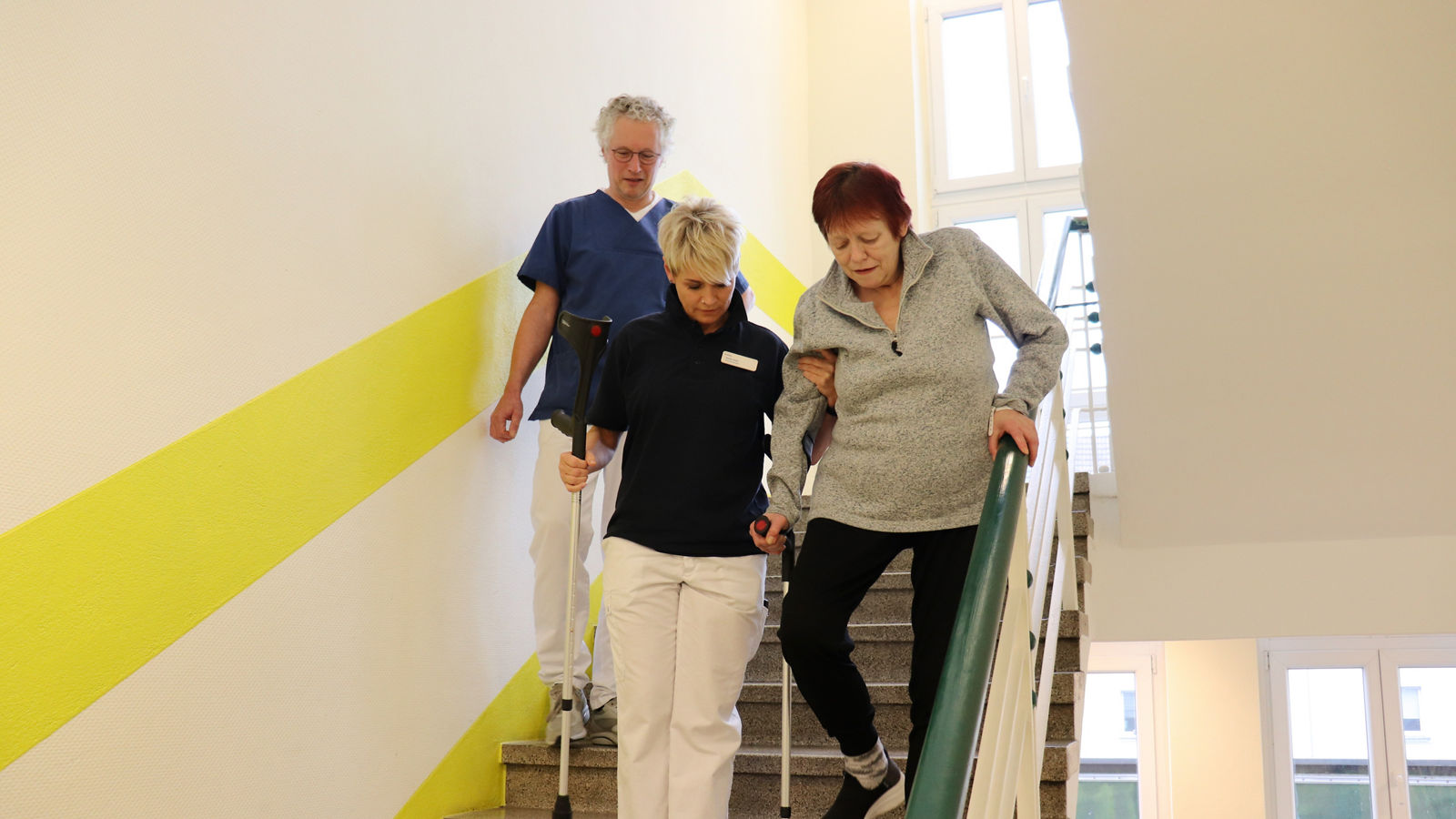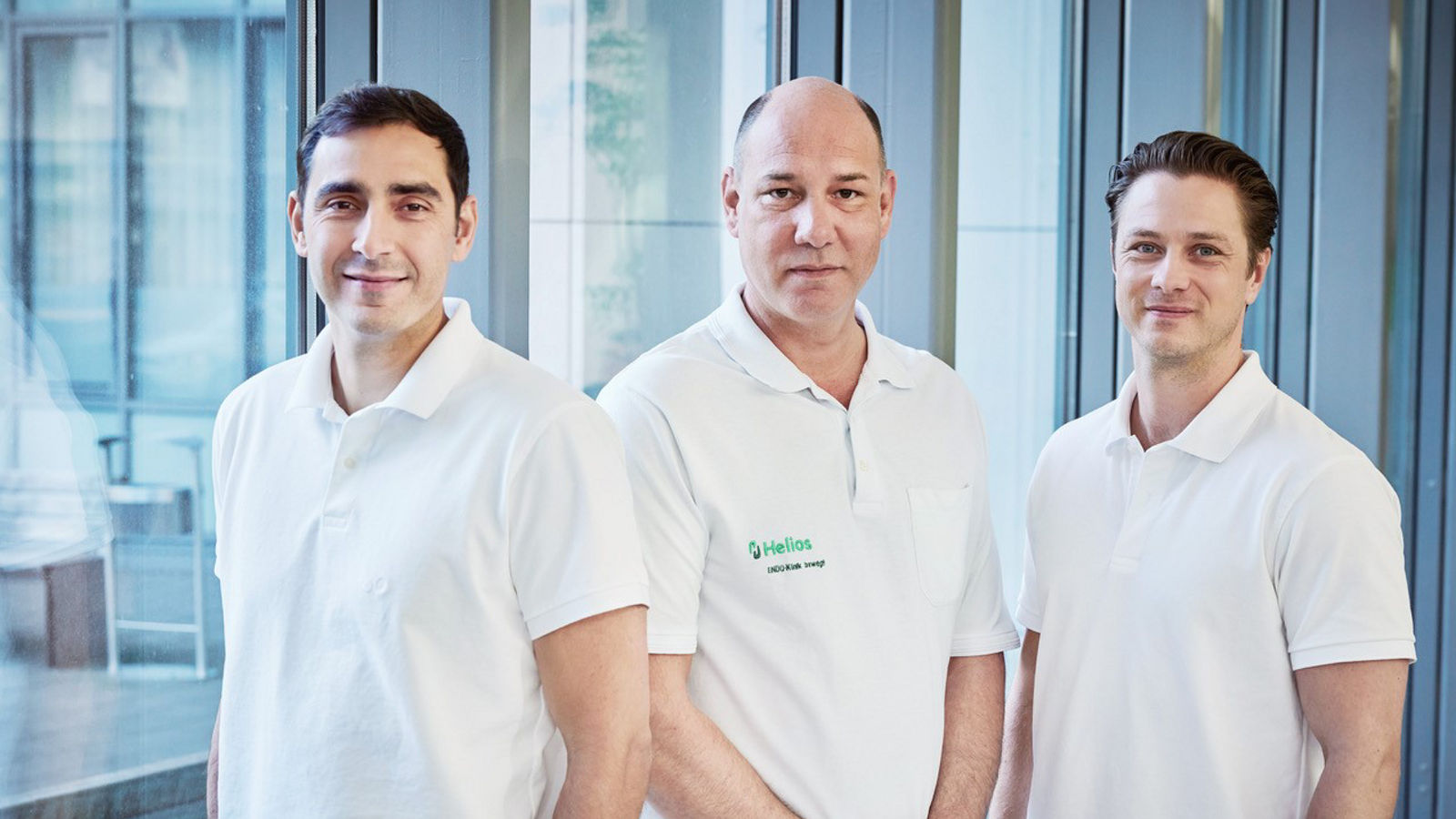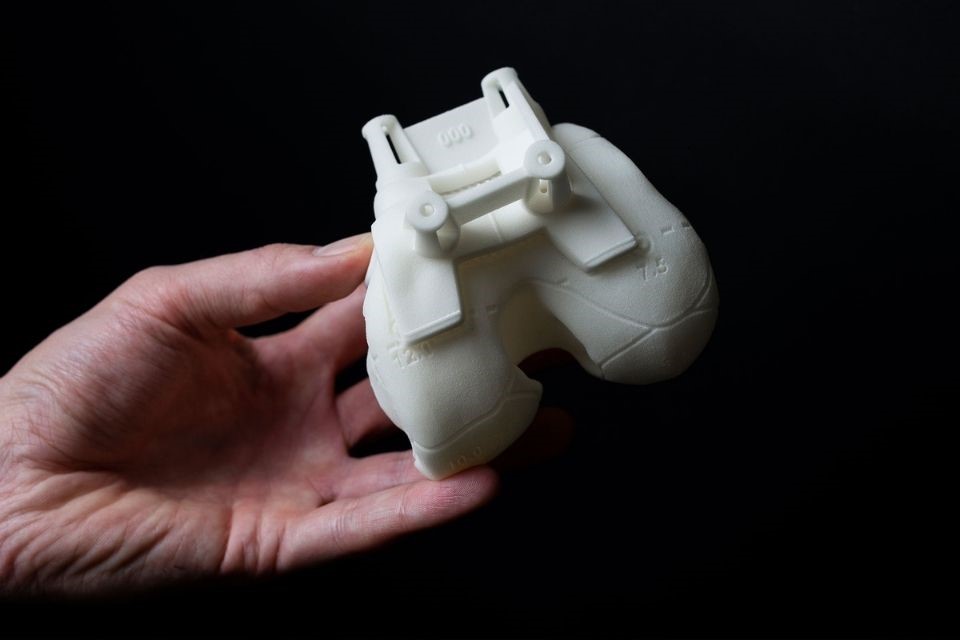
Customized knee joint prosthesis
Artificial knee joint should fit the bone like a tailor-made suit because each knee joint is unique.
To ensure an exact fit to the patient's anatomy, Helios Hospital Krefeld works with customized templates for the placement and stabilization of the implant components - PSI (Patient Specific Implantation).
Currently, patient-customized templates are used in a total of 3 departments of the Helios group. “For an optimal adaptation of a customized knee joint prosthesis, it is very important to consider all the parameters and effects on the new joint. Therefore, with the help of MRI, an accurate measurement of the knee joint to be operated on is carried out in advance. Afterward, special software converts the images into a 3D model,” explains Prof. Dr. Clayton Kraft, Chief Physician for Orthopedics and Accident Surgery at Helios Hospital Krefeld.
This 3D model serves as the basis for planning the surgery, choosing the correct type of graft, and making templates that, as a drawing, correspond 100% to the shape and structure of the knee joint. It is before the operation that the section planes are determined for the exact placement of the knee graft. With the help of templates, the necessary bone cuts and the installation of the prosthesis on the prepared bones are performed with maximum accuracy. The transmission of MRI data for surgical planning as well as planning data for the creation of customized templates is encrypted and transmitted anonymously over the Internet.
“For an optimal adaptation of a customized knee joint prosthesis, it is very important to consider all the parameters and effects on the new joint. Therefore, with the help of MRI, an accurate measurement of the knee joint to be operated on is carried out in advance."
Dr. Andreas Hachenberg, Chief Physician, Ortho-Campus Hüls | Helios Hospital Krefeld
Absolute benefits to patients
With such a complex planning process, the benefits to patients are clear: improved function of the new joint, shorter surgery time, lower risk of intervention and faster recovery, and the associated earlier initiation of rehabilitation. “While knee replacement surgery usually takes up to 90 minutes, PSI surgery is often completed in 45 minutes,” explains Dr. Andreas Hachenberg, Chief Physician at the Ortho-Campus.
Plus the positive results after the interventions: “The precision with which we can place a prosthesis using this method is extremely high,” says Dr. Hachenberg. This method is superior to the previous one, accuracy and speed-wise. This is especially true for obese patients, for whom the common determination of the axis may be difficult. In addition, experts suggest that correct axial placement of implants means they will last longer than conventional means, even if the method is too new to confirm reliable long-term results.
“However, for patients, there is one condition: the hip or ankle joint should not be replaced with artificial implants,” says prof. Dr. Kraft. Meanwhile, to date, more than 200 patients have been implanted with custom-made knee prostheses at the Ortho-Campus of Helios Hospital Krefeld.
However, for patients, there is one condition: the hip or ankle joint should not be replaced with artificial implants.
Prof. Dr. Clayton N. Kraft, Chief Physician, Clinic for Orthopedics, Accident, and Hand Surgery | Helios Hospital Krefeld
Specialization in motion: Prof. Dr. Clayton Kraft
Orthopedics used to be a marginal branch of medicine, the purpose of which was to treat “children in nursing homes”. But over the past few decades, it has developed into one of the largest and most significant surgical disciplines. Prof. Dr. Clayton Kraft, Director of the Clinic for Orthopedics, Accident, and Hand Surgery and Head of Orthopedics and Accident Surgery explains how important this is for the Helios Hospitals.
The merger of the two main branches – Orthopedics and Accident Surgery (O + U) in 2005 for the joint training of specialists has turned these two main branches into a huge domain of medicine for all age groups. This means that the treatment of lumbago or dysplasia of the hip joint in infants, the treatment of multiple injuries in surgical patients, complex reconstruction of the pelvis in case of a tumor or revision arthroplasty are performed by the same specialists.
The figures are impressive: in 2019, 515,000 patients received outpatient treatment for diseases of the musculoskeletal system in Helios Hospitals, and 92,600 underwent inpatient treatment. The great advantage of merging these two branches of medicine is that completely different orthopedic and trauma surgery methods are now performed synchronously.
Increasing specialization
Given such a vast domain of medicine, it is assumed that not all services can be offered in every Hospital; specialization is increasing. At Helios, we take these conditions into account. On the one hand, basic and standard trauma care is offered in almost all of our Hospitals in accordance with a valid treatment contract. On the other hand, some Hospitals offer highly specialized treatment, which means a lot of experience, infrastructure, and conditions. How does this happen? Keywords: centralization, digitalization, outpatient services.
Concentration of experienced specialists in centers
Research shows that in very complex procedures with a high proportion of complications, the concentration of these cases leads to the best results and fewer deaths. In fact, this is logical: when a specialist does something often, then over time everything they do will be done at a very high level. This applies both to individual specialists and to perfectly coordinated teams of doctors who understand each other at a glance and on a single movement of the hand. Therefore, the Helios concern decided to merge typical cases in different centers.
This is about keeping the promise to patients: no matter which Helios door the patient enters, they receive the best possible treatment. Digital technologies have already entered our professional sphere, and the integration continues. Surgery planning (CAD), 3D visualization, navigation, virtual planning of customized special implants, and much more. Simple and secure communication over long distances allows doctors to come up with the best treatment option for a patient. It is our advantage to have specialists to solve almost every surgical orthopedic case.
When a specialist does something often, then over time everything they do will be done at a very high level.
Prof. Dr. Clayton N. Kraft, Chief Physician, Clinic for Orthopedics, Accident, and Hand Surgery | Helios Hospital Krefeld
Cross-sectoral interaction
In the future, many interventions on the musculoskeletal system will no longer be carried out on an inpatient basis. Keyword: cross-sectoral interaction. A prerequisite for this is the complete interaction of the Hospital and the outpatient department in the treatment of the patient. But this implies the absence of a strict personnel differentiation between Hospitals and outpatient practices and their close cooperation.
Joint training programs, rotation plans, “Shared Teams” will all contribute to our goal. This will allow us to further strengthen the sense of togetherness in orthopedics, accident, and hand surgery.
Read more:
-
Prof. Dr. med. Clayton Kraft
-
More about Helios Krefeld
Do you need more information about Helios Hospitals or do you want to schedule your treatment?
Please contact our Helios International Office. We will gladly advise you!






